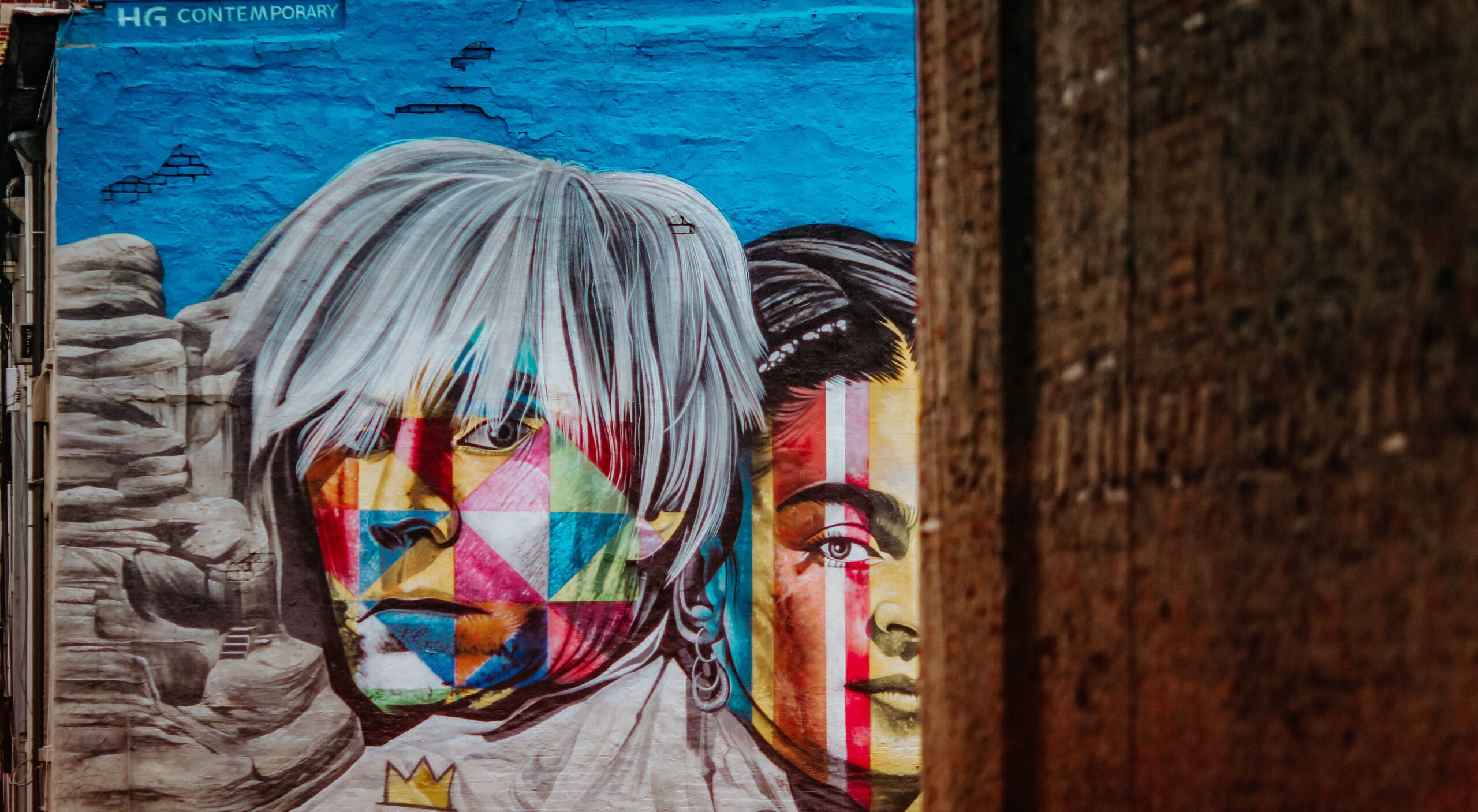No Soup for Warhol: Use of Prince Image is Copyright Infringement

Supreme Court rules that the transformative nature of art lacks fair use justification.
The United States Supreme Court has again stirred the copyright soup in a decision that makes it harder for artists to base their works off another artist’s work, but showers those same artists with better protections for their own original works.
The case involved the late Andy Warhol, famous for his transformations of others’ works, including Campbell’s soup advertisements and a photograph of “Purple Rain” artist, Prince. In line with his modus operandi, Warhol created new works derived from a photograph of Prince. The art was published in magazines, and years later, after Prince died, Warhol’s foundation licensed one of those derivative works, an orange Prince print, to a major magazine. After the photographer sent a letter claiming infringement, Warhol’s foundation sued her, asking the court to declare that his derivative work was not copyright infringement as a “fair use” because it was transformative; i.e., it changed the underlying nature of the art.
In a 7-2 split decision, the Supreme Court rained on the Warhol Foundation’s parade, holding that the first of four factors under the long-established “fair use” doctrine favored photographer Lynn Goldsmith. It affirmed the Second Circuit on what it termed a narrow issue: whether, “the purpose and character of the use, including whether such use is of a commercial nature or is for nonprofit educational purposes,” 17 U.S.C. § 107(1), weighs in favor of the Andy Warhol Foundation’s recent commercial licensing to Condé Nast. The majority answered no.
The majority based its decision largely on the small, if not nonexistent degree to which it found Warhol’s use “transformative.” Because Goldsmith had routinely licensed her original Prince photographs to magazines, the Warhol Foundation’s choice to license the orange Prince print to a different magazine resulted in a purpose that was “substantially the same” as Goldsmith’s. The majority summarized the analysis under the first fair use factor as follows:
In sum, the first fair use factor considers whether the use of a copyrighted work has a further purpose or different character, which is a matter of degree, and the degree of difference must be balanced against the commercial nature of the use. If an original work and a secondary use share the same or highly similar purposes, and the secondary use is of a commercial nature, the first factor is likely to weigh against fair use, absent some other justification for copying.
Finding Warhol’s use commercial in nature and the purpose “substantially the same” as Goldsmith’s, the majority concluded that the first fair-use factor favored Goldsmith.
Justice Kagan strongly dissented, believing that the majority’s decision left the analysis under the first fair use factor in “shambles.” Roberts joined. Focusing on the artistic differences between the original photos and Warhol’s prints and relying on the court’s fair-use precedent, including Campbell and Oracle, Kagan explained that Warhol’s artistic changes resulted in “an undisputed change in meaning” – one that “transformed” the work. Those changes, Kagan reasoned, tipped the scale in favor of the Warhol Foundation under the first fair use factor.
The takeaways from the decision include:
- Transformative use may no longer be the crux of the first factor. Parties must balance the nature and purpose of the challenged use against its commercial nature. If the defendant licensed the challenged work, that may weigh against a fair use finding if the plaintiff also licensed the original.
- Commercial use gets teeth. One way to interpret the majority’s view is that commercial use will greatly weigh against a fair use finding, especially if there are little changes between the original and the challenged use.
- Get a license, don’t make one yourself. A critical fact underlying the majority’s decision is the Andy Warhol Foundation’s choice to license his work to Conde Nast. That ultimately proved fatal because the majority found that the licensing mirrored the purpose of the original works.
In This Article
You May Also Like
SBA Part Forty: SBA Releases New Information About the Shuttered Venue Operators Grant Program Did the Supreme Court Just Give States License to Pirate Copyrights? Protecting Copyrights Post Allen